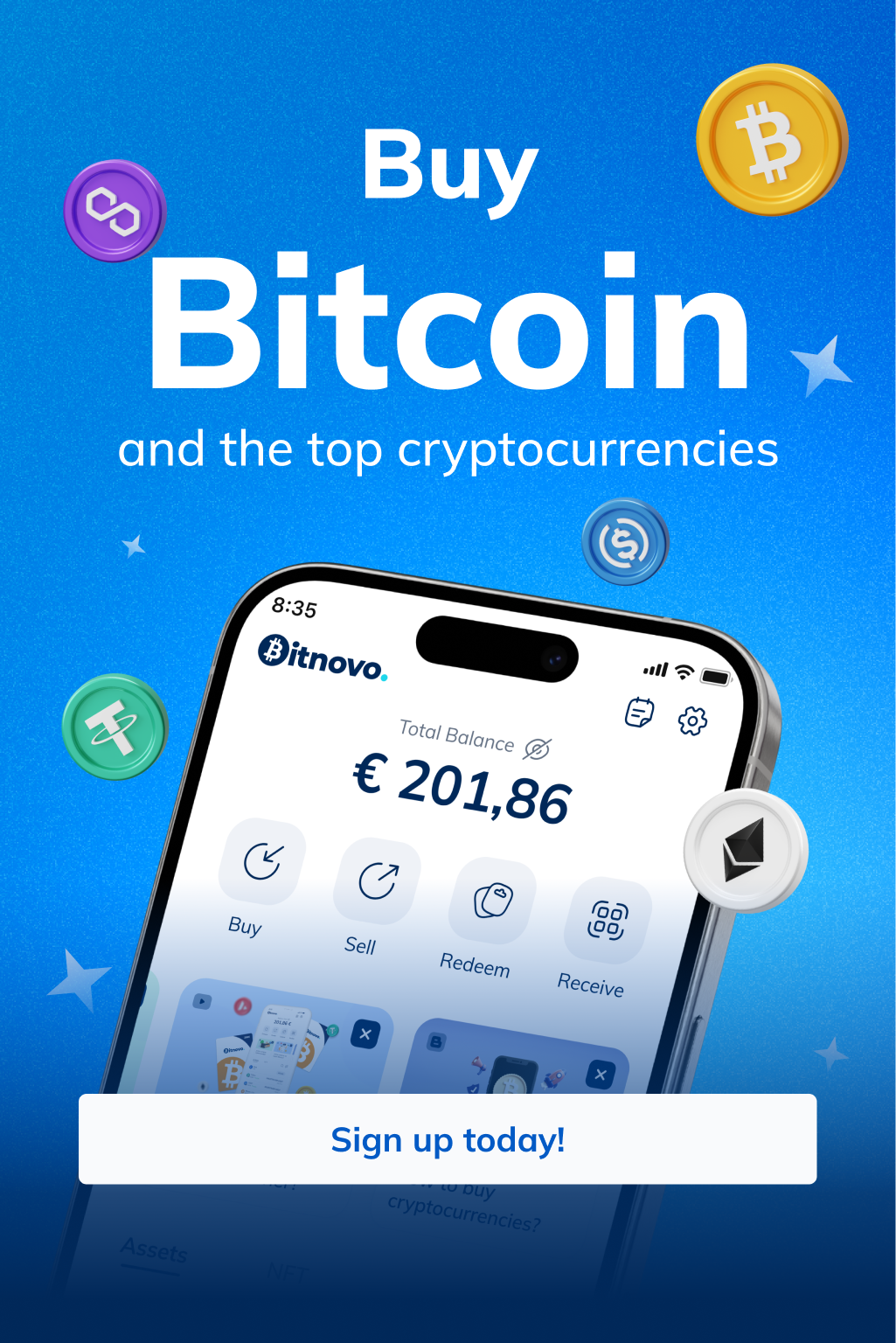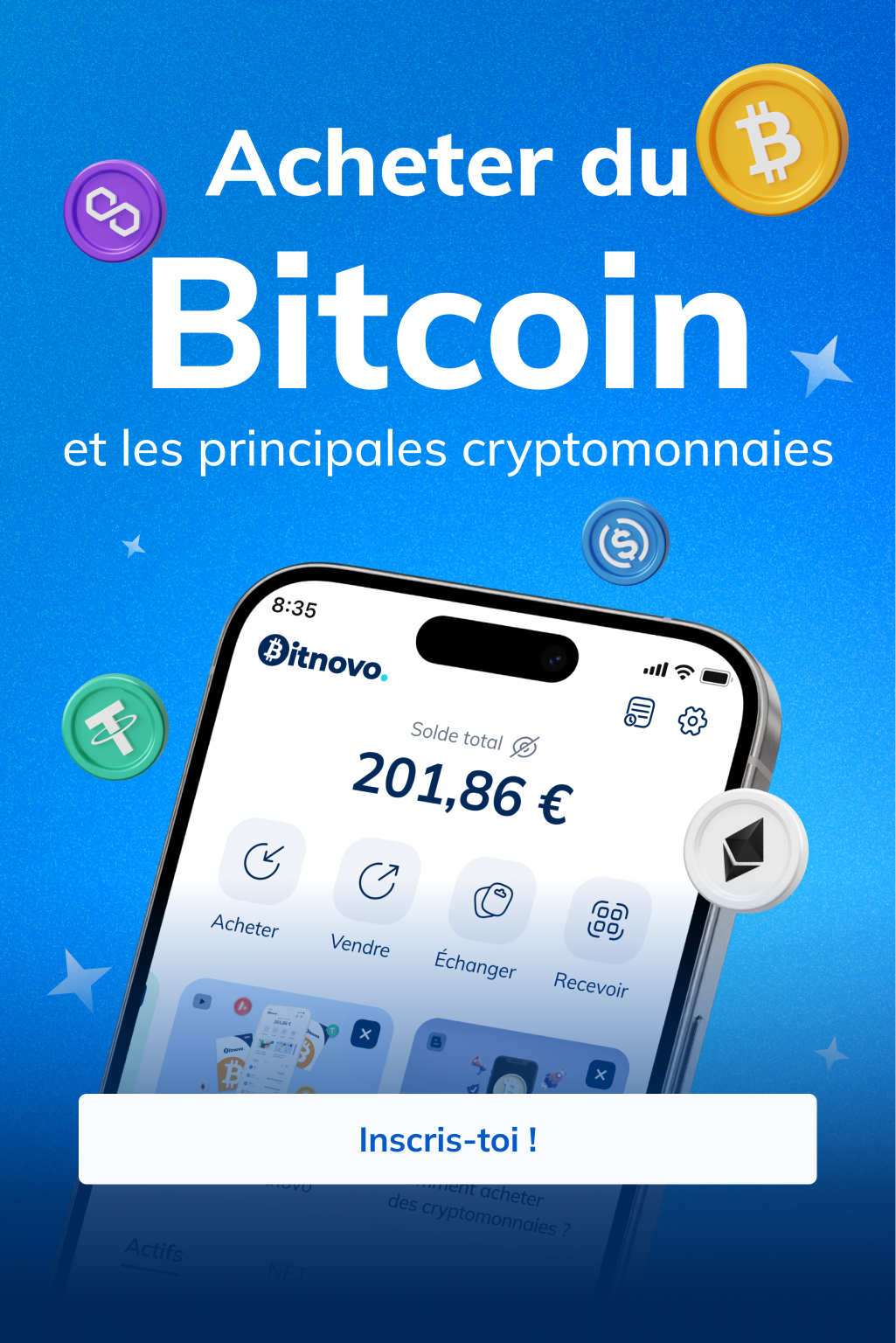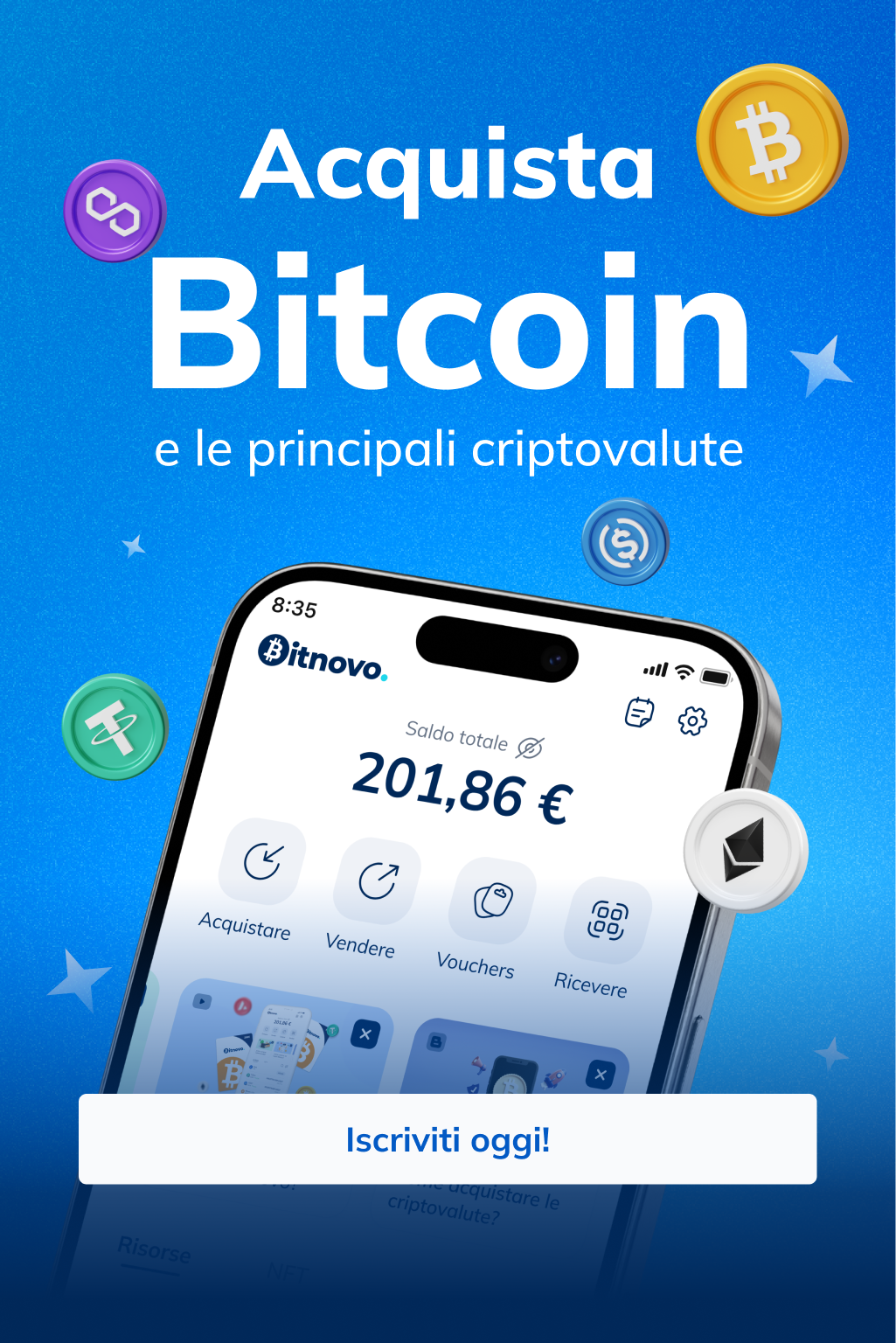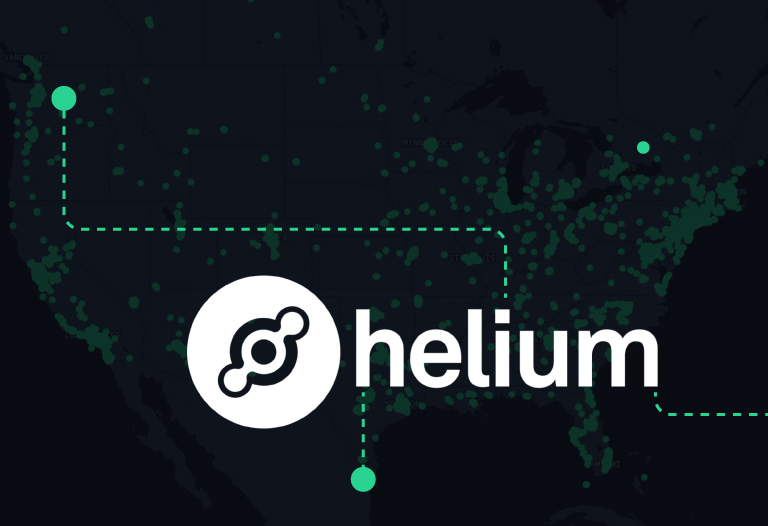
Table of Contents
ToggleHelium is one of those cryptocurrency use cases that have surprised me the most. We are talking about a currency that is mined with devices that make use of radio waves (radio frequency).
The purpose of Helium is to form a global wireless network that can provide coverage to the largest possible area. A user with access to the wireless network can transmit information over it, connect devices and even develop Internet of Things applications. All this is achieved with a new consensus algorithm called Proof of Coverage.
Proof of Coverage (PoC)
In the Proof of Coverage we can see 3 functions of the radio devices. First we have the challenger. Every 480 blocks or so the challenger creates a proof (randomly) for the PoC.
This test is transmitted over Helium P2P network to a transmitter. The transmitter is in charge of sending the test using its radio device. As the radio frequency has a limited range, only nearby participants will be able to witness it. In this way it can be verified that the device is geographically located in a specific place, offering wireless coverage there.
The witness of that proof transmits it to the challenger who includes the proof, already performed, in the blockchain. Obviously the proof has cryptography and mathematics behind it that make it verifiable.
One block is mined approximately every minute. For each epoch of 30 blocks the different pools receive their rewards. There is a pool of challengers, a pool of transmitters and a pool of witnesses. And this process is only a part of mining.
We also have the consensus group (computers that are members of the P2P network that verify the blockchain) and the devices that transmit information over the wireless network. Along with these, token holders (which function as shares), receive part of the coins and rewards.
In other words, an HNT mining radio device is dedicated to creating tests when it is its turn, transmitting them over radio waves when selected, witnessing them and sending them to the challenger, and transmitting information over the wireless network.
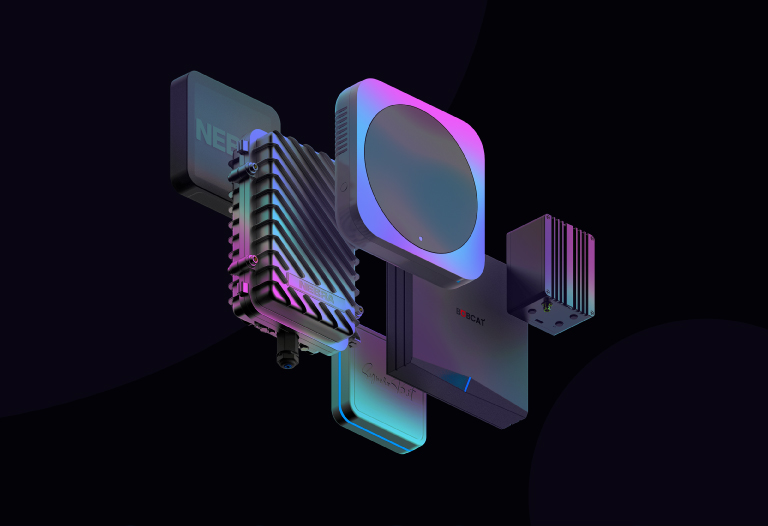
Tokenomics and Data Credit
HNT has a limited supply of 223 million coins. In addition, to pay transaction fees (and other services) you have to use Data Credits (DC) which are obtained by burning HNT. In each transaction, HNT is burned implicitly, you just have to have enough HNT in your wallet.
For example, to transmit 24 bytes of information over the wireless network you have to pay 1 DC, equivalent to $0.00001. And that DC will be created by burning the equivalent amount in HNT value. The idea is similar to Ethereum gas, but with fixed price in dollar.
DCs are priced in dollars through the use of an oracle,that is, a minimized trusted third party that brings external information to the blockchain. 1 DC is priced at $0.00001, or in other words, $1 is equivalent to 100,000 DCs.
Interestingly, even though HNT has limited supply, miners (all participants in the consensus) continue to receive new generation coins. If for example 100 HNT are destroyed, 100 new HNT will be created, so the supply remains limited. However, there is a limit to what can be produced periodically which opens the possibility for HNT to reduce its supply (if more coins are burned than can be created).
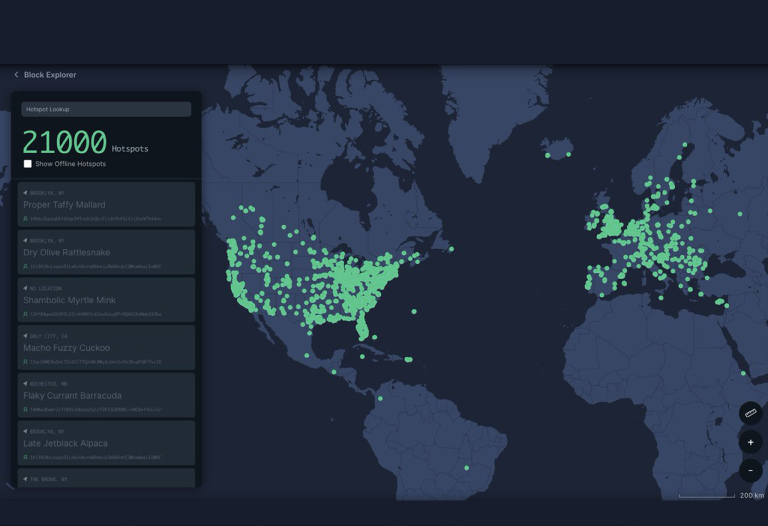
The Helium network
Helium’s network has grown enormously in recent months. We are currently talking about the global presence of more than 88,000 radio devices, working in the Proof of Coverage, and offering wireless coverage throughout Europe, North America and China.
Who knows? Maybe this new blockchain and consensus model will find great uses in the years to come.

